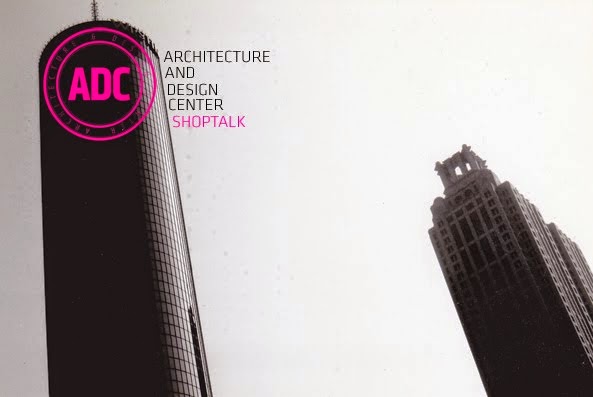Before we get into this, if you like the podcast, please find it on Soundcloud, follow it, and share it with others. Much Appreciated.
- Nathan
Georgia Tech enjoys an international reputation. It sends students out into the world to study and it attracts students from around the world to Atlanta. Associate Professor Mark Cottle curated the Three Euros Symposium at Georgia Tech earlier this year, in which three international alumni of Georgia Tech, Daniel Cavelti ('97) of Switzerland, Thorsten Kock ('95) of Germany, and Xavier Wrona ('02) of France, gave an audience of Tech students and local architects an inside look at European practice. Nathan Koskovich, AIA sat down with them just before they left for home to discuss European practice, how it differs from American practice, and what you learn about your own country when you travel abroad.
Daniel Cavelti
The work of Daniel's
r office is based on the interaction of theoretical interests and designing
practice. He looks for a realistic attitude, whose characteristics are
relevance, immediacy, complexity and suitability for life. The work includes
all areas - from urban planning issues to concrete implementations into built
substance.
He is
dedicated to challenging projects of public, institutional and private developers.
As a generalist, he likes to maximize
responsibility and scope to construct sustainable buildings.
His
architecture projects aim at an intense dialogue with the context. He implements
objects that operate in a multilayered manner within their surroundings. In
this way, he achieves a self-evidence, that plays back pleasantly and inspiringly
to the environment.
He is
interested in a variety of construction projects and in different scales. His
projects vary from small interventions into existing substance to the design of
entire city districts.
Participation
in various competitions has allowed him to sharpen the discipline of design in
order to use it again in the realization of buildings. A careful treatment of
the natural and built environment is for him self-evident.
Thorsten Kock
Thorsten
Kock is carpenter, practicing architect and teacher.
He studied
architecture at Stuttgart University under Boris Podrecca and Juergen Joedicke,
and – as Fulbright Fellow - at GA Tech.
He received
a number of national and international awards, including “best architects” and
“BDA”-award.
He runs a
practice together with Martin Bez, with 40 employees and a focus on public
buildings
He has
taught at Stuttgart University and HfT Stuttgart – University of applied
sciences and.
Currently he
serves as part time faculty at HfT and teaches studios and courses on design
and detail.
He was a
member of several competition juries and participated in more than 300
architectural competitions.
(he turned
50 but feels better)
Xavier Wrona
Xavier Wrona is the founder of the architecture office
Est-ce ainsi, a structure working to refocus the architectural practice on its
political consequences and its possible participation in the reform of “vivre
ensemble.” Est-ce ainsi articulates a critical reading of the figure of the
architect throughout history to the production of inordinately minimum
architectures with a particular attention to the means of production of the
built environment.
Architect DPLG, Xavier Wrona is a graduate of the Ecole
Nationale Supérieure d’Architecture de Paris La Villette and of the Georgia
Institute of Technology in Atlanta, GA. He taught from 2002-2010 for the
Franco-American studio for the Georgia Tech Paris Program at the ENSAPLV in
Paris, at the ENSAPBX in Bordeaux and is now associate professor at the Ecole
Nationale Supérieure d’Architecture de Saint-Etienne, France. Est-ce ainsi was
awarded the Young Architects and Landscape Architects prize by the french
Ministry of Culture in 2010



























